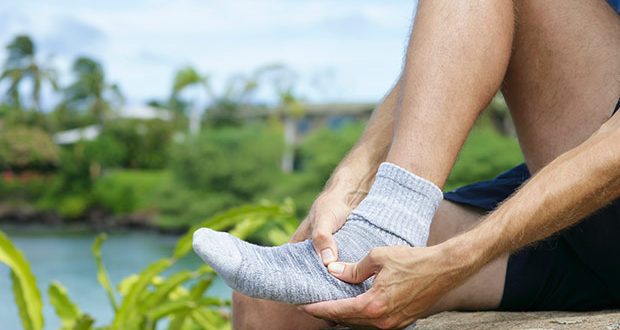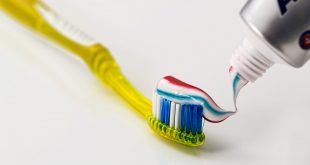By Shi Wen Xing
Athlete’s foot is a disease most notably linked to the locker rooms and people who frequent them. The locker room, however, is not the only place you can contract this infection, and feet are not the only site of infection. In most cases, proper care can minimize the acquisition and spread of this disease.
Athlete’s foot, also known as tinea pedis, is a dermatophyte infection on the souls of the feet and between the toes. It has afflicted mankind for hundreds, if not thousands, of years, but it was first described in the late 1880s. While a variety of fungi can cause athlete’s foot, Trichophyton rubrum is the most common. T. rubrum was initially endemic to only a few regions of Asia and Africa, but European colonization, emigration, and a general increase in world travel have caused this organism to spread and become the most prevalent cause of athlete’s foot in the world.
It has been estimated that athlete’s foot afflicts 15% to 20% of people at any given time. Symptoms typically include a scaly red rash between the toes and on the soles of the feet, as well as itching that is usually worst immediately after removing shoes and socks. The fungi that cause the infection are found in warm wet places, so initial infections can come from locker rooms, showers, and around swimming pools. The disease can spread to others through the use of shared bath mats, carpets, bed sheets, shoes, and socks. Once acquired, the disease can spread to other parts of the body such as on hands, under fingernails and on the groin area.
There are some things you can do to help prevent an initial infection. Try to keep your feet and toes dry by going barefoot or wearing sandals when possible. Wear well ventilated shoes and change wet socks to prevent moisture build-up. Wear waterproof shoes when in locker rooms and other public places that tend to be warm and wet. Also, don’t share items, such as shoes and socks, that can spread the disease.
If an athlete’s foot infection occurs, treated it promptly by keeping feet clean and dry, and by using over-the-counter medications. If sprinkling feet and shoes with anti-fungal powder, sprays, or ointments don’t clear the infection in a week or two, it may be necessary to see a doctor for more potent anti-fungal drugs.
https://www.mayoclinic.org/diseases-conditions/athletes-foot/symptoms-causes/syc-20353841
https://www.medicinenet.com/athletes_foot/article.htm
https://en.wikipedia.org/wiki/Athlete%27s_foot
https://www.ncbi.nlm.nih.gov/pmc/articles/PMC2907807/
 Tempus Magazine By Students, For Students
Tempus Magazine By Students, For Students 



